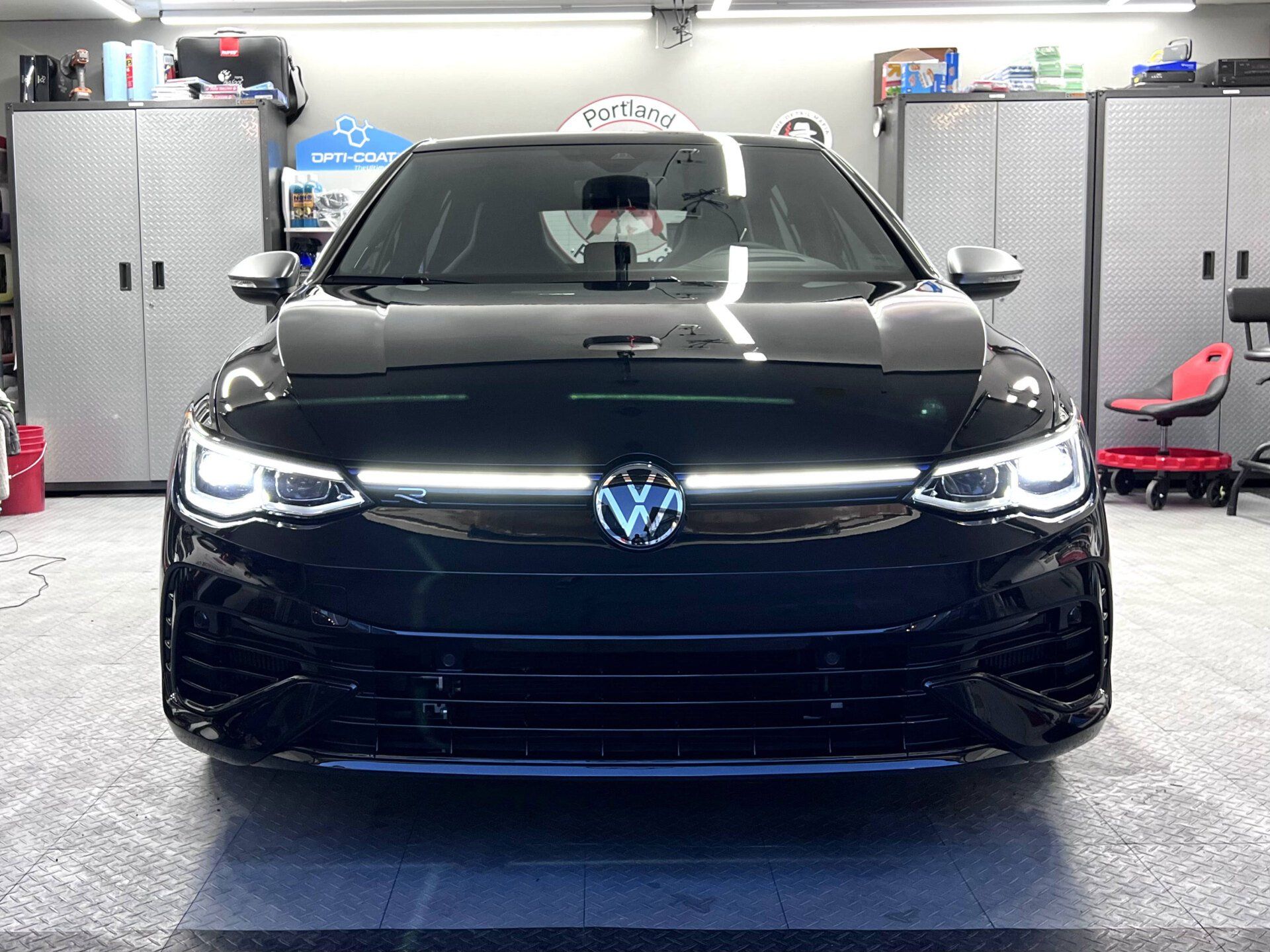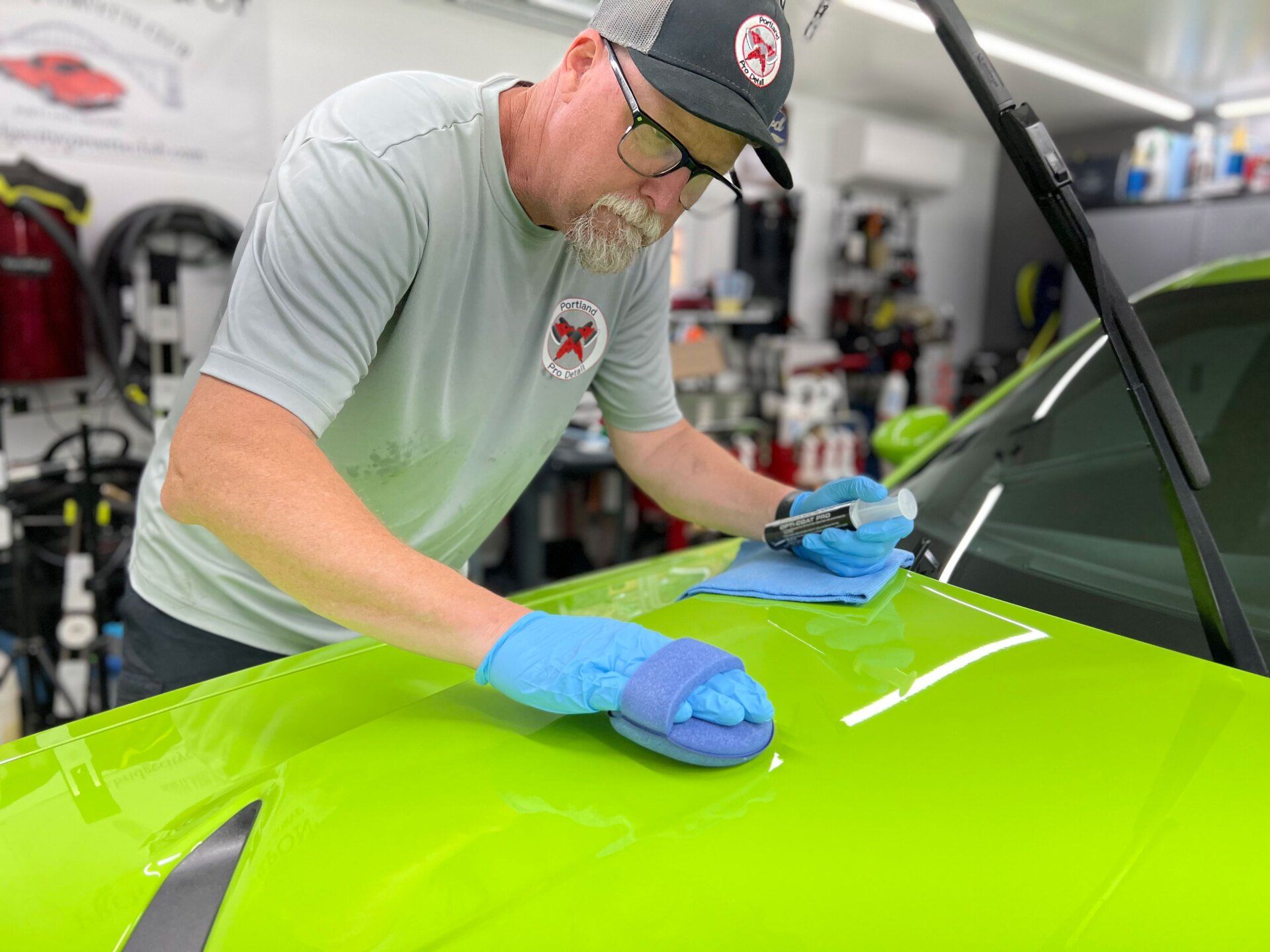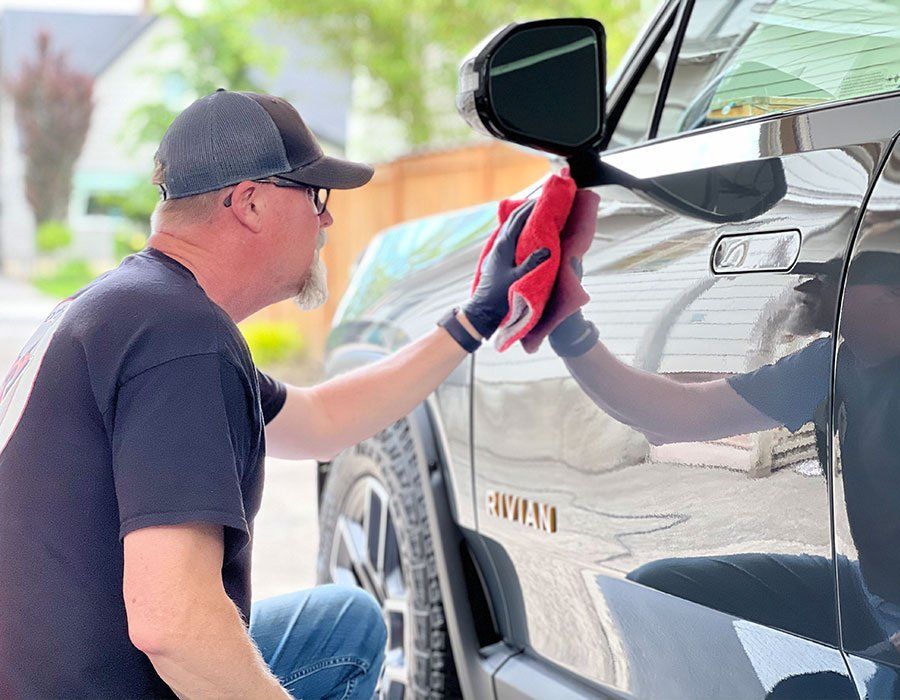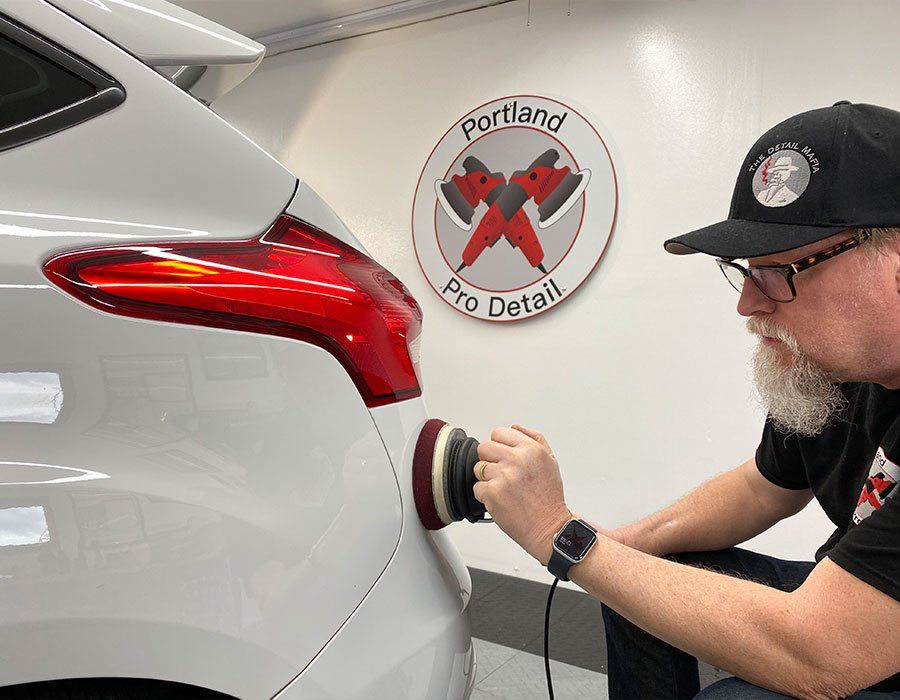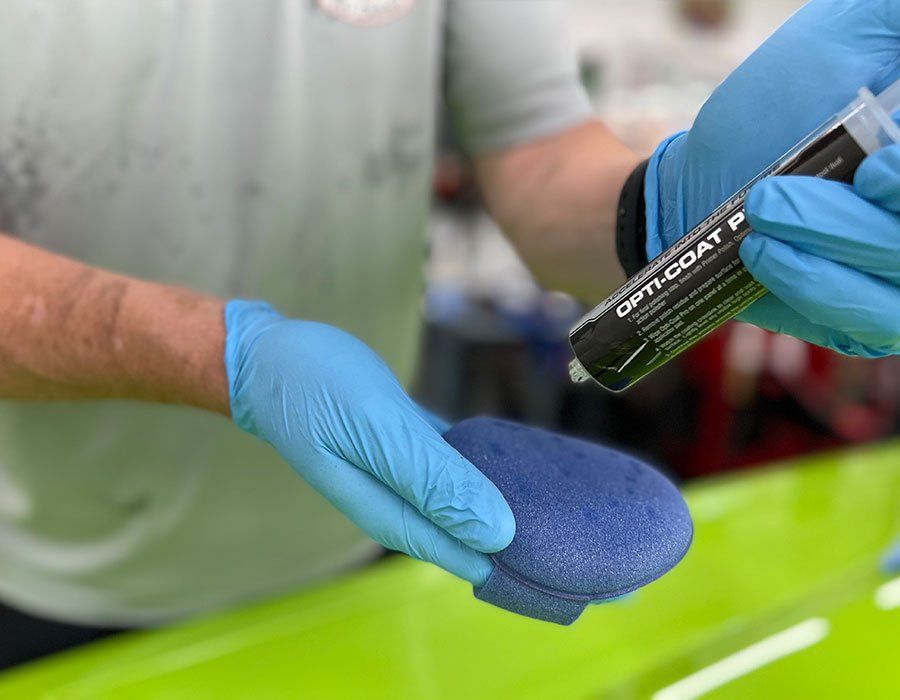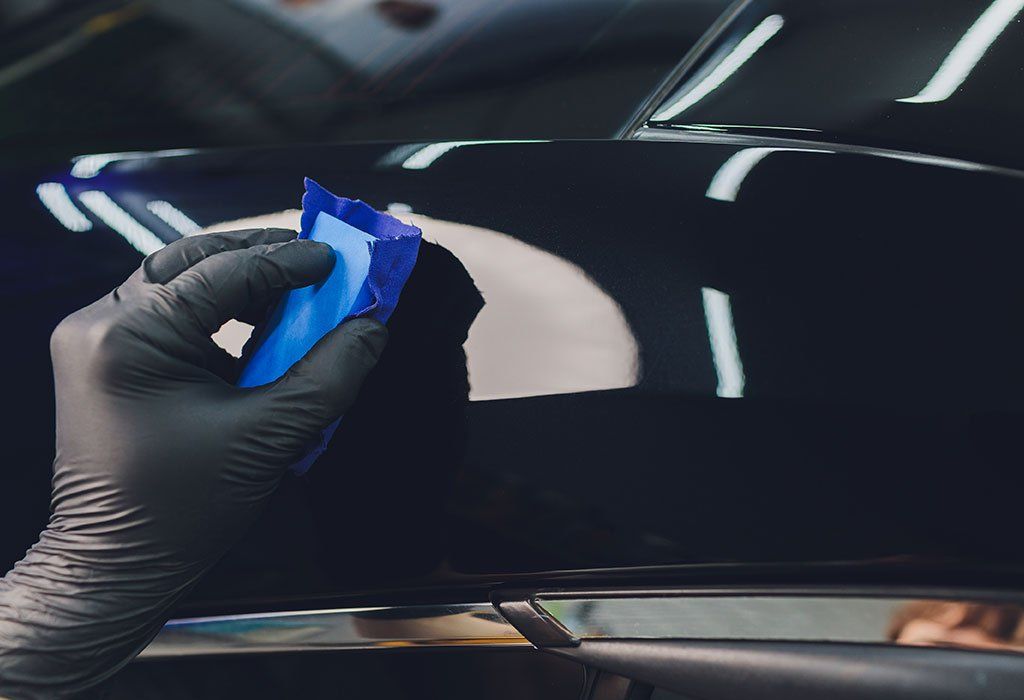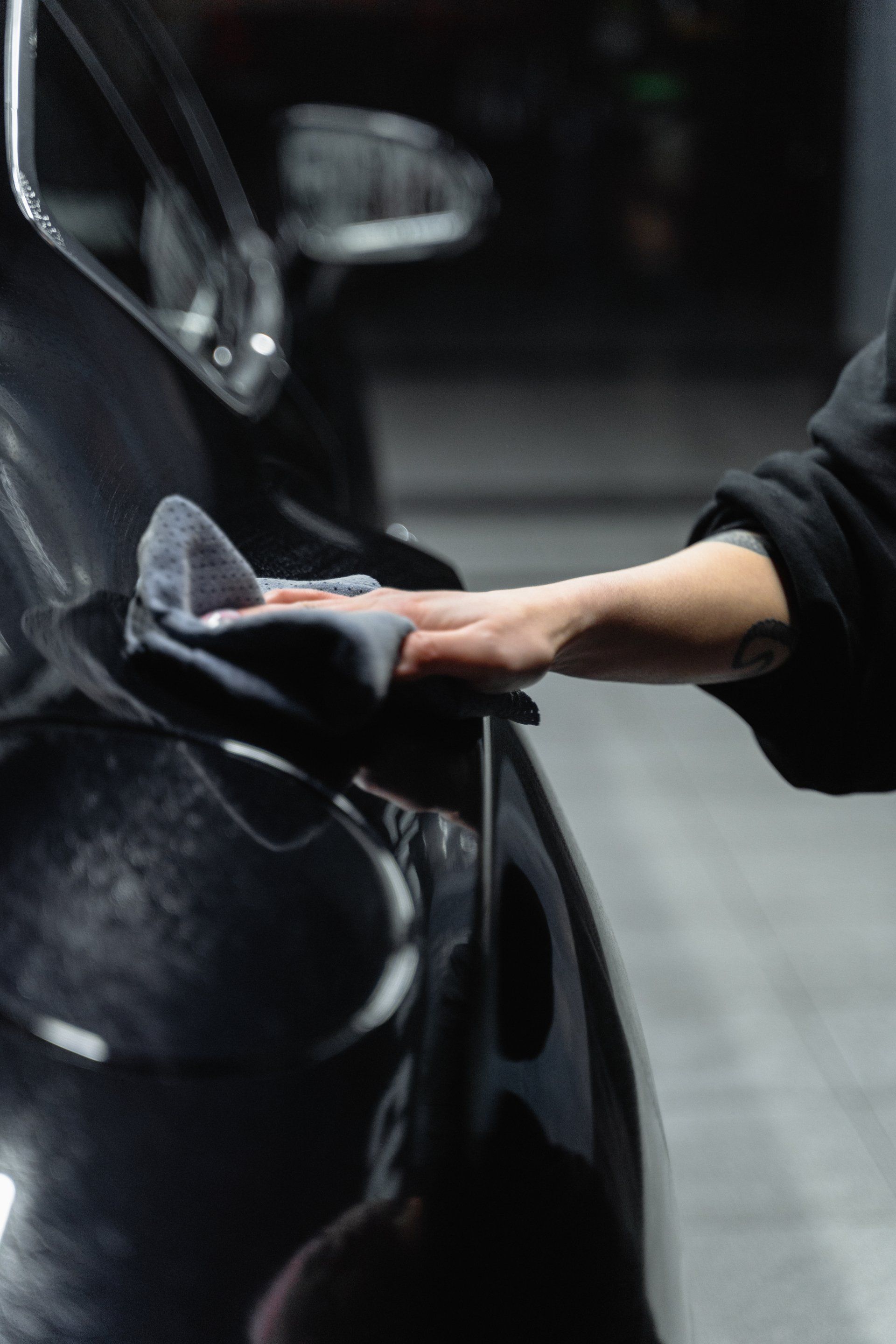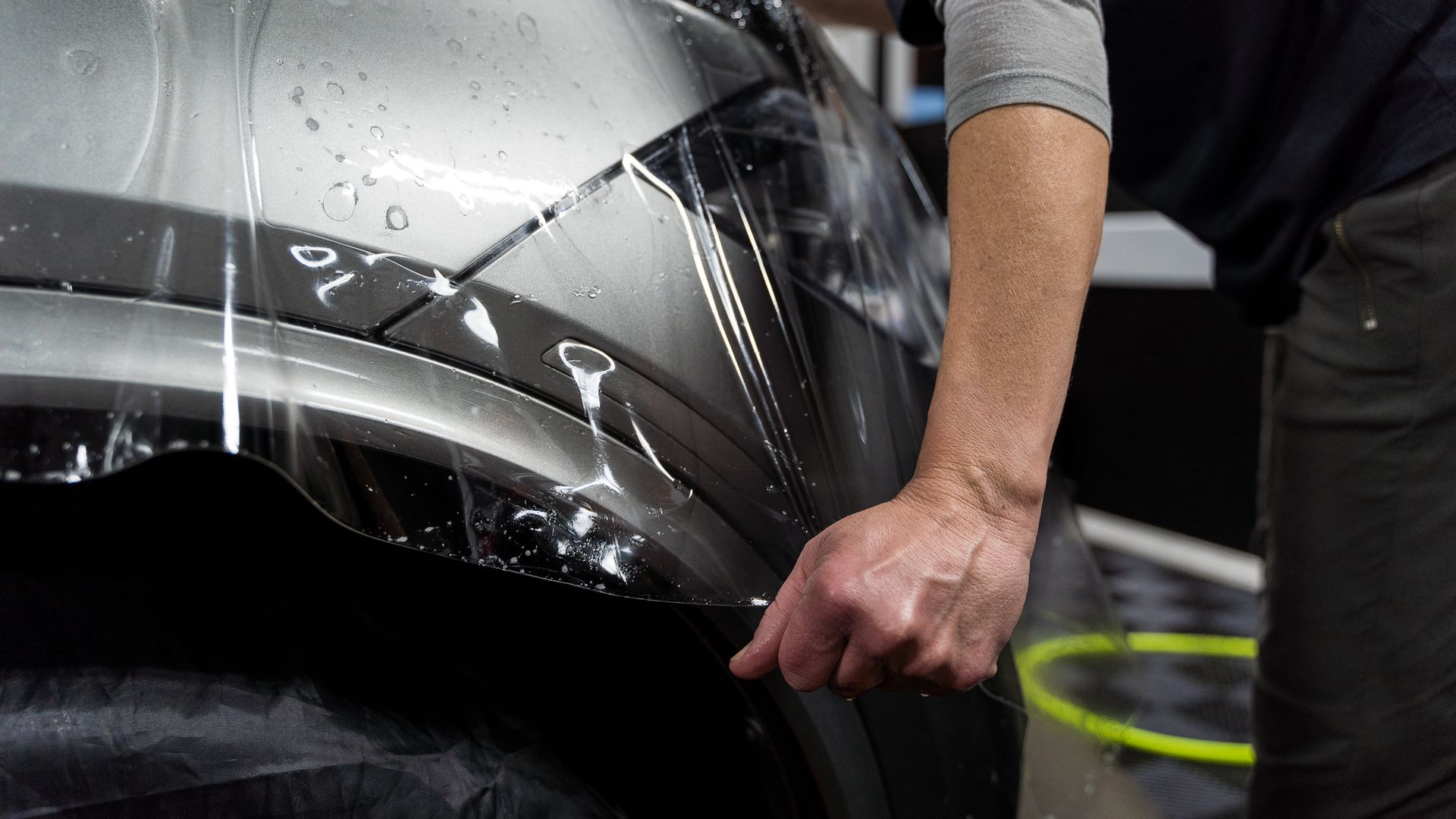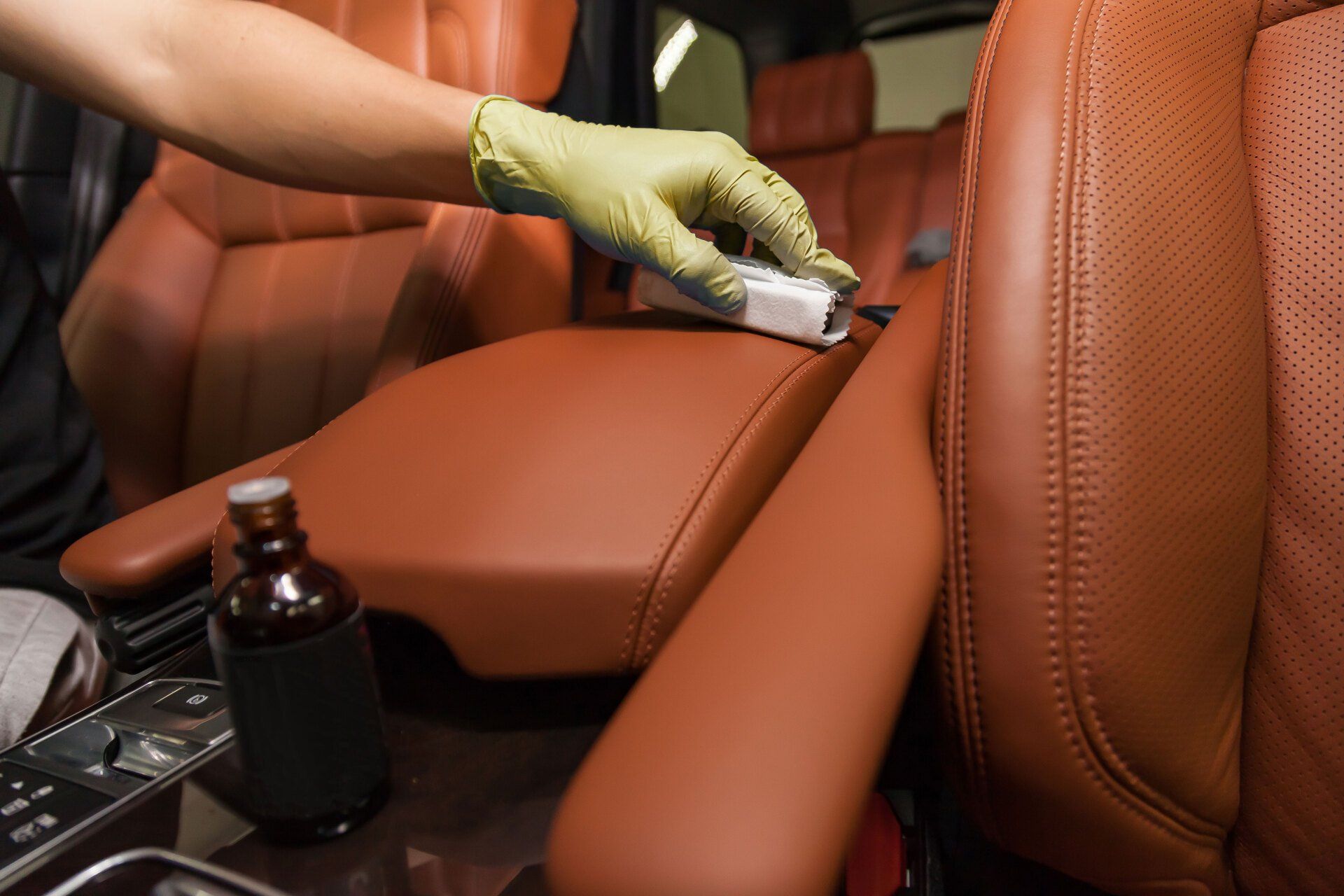Ceramic Coating vs. Waxing: Which Provides Better Paint Protection?
CALL (503) 444-7415
When it comes to car paint protection, both ceramic coating and waxing have their place. Ceramic coatings are liquid polymers that chemically bond with your factory paintwork to offer long-term protection, often lasting years. On the flip side, wax services rely on waxes like carnauba, montan, or paraffin to create a temporary shield that gives your vehicle a glossy finish but requires frequent reapplication - think weeks to a few months at max.
The key difference lies in durability and protection. Ceramic coatings provide a longer-lasting shield against UV rays, environmental contaminants, and harsh detergents, typically lasting 2-5 years, while waxing offers shorter-term protection and a warm glow suitable for car shows or photo shoots. Consider the specific needs of your vehicle and your preferred maintenance schedule when deciding between ceramic coating and waxing.
Differences Between Ceramic Coating and Waxing
When it comes to protecting your car's paint, both ceramic coatings and wax offer valuable benefits. Ceramic coatings are liquid polymer products designed to chemically bond with the vehicle's factory paint, creating a durable protective layer that enhances the car's appearance and resists environmental damage. In contrast, waxes, which can be made from carnauba, montan, or paraffin waxes, act as a barrier between the car's paint and the outside elements, providing a warm and glossy finish.
Here's where they differ: Ceramic coatings create a chemical bond with the surface of the car, leading to higher durability, heat resistance, UV protection, and resistance to environmental contaminants compared to traditional wax. This means that ceramic coatings are better equipped to shield your car's exterior from the harsh effects of the environment. On the other hand, waxes provide a beautiful sheen and offer moderate protection but may need more frequent reapplication compared to ceramics. This makes them more suitable for enhancing the aesthetic appeal of the vehicle than long-term protection.
- Durability: When it comes to durability, ceramic coatings provide long-lasting protection, with some types lasting 2-5 years, depending on maintenance. In contrast, waxes typically require reapplication every 2-3 months for sustained protection.
- Protection: Ceramic coatings outperform waxes in aspects such as resistance to heat, UV rays, environmental contaminants, and harsh detergents. Conversely, waxes offer a warm glow and provide a sacrificial layer of protection against sun exposure and environmental pollutants.
Think of it this way: if you want to prepare your vehicle for extreme outdoor conditions or prolonged exposure to sunlight and pollution, a ceramic coating is your best bet due to its superior resilience. However, if you're preparing for a car show or photo shoot and want your vehicle to have an impeccable shine under controlled conditions, then a high-quality wax will deliver that exquisite finish. It ultimately comes down to what you prioritize - lasting protection or a spectacular aesthetic? While ceramics offer robust defense against environmental aggressors for an extended period, waxes excel in providing an immediate luster but require more frequent reapplication due to their lower durability. Understanding these differences will help you make an informed decision based on your specific needs when it comes to protecting your car's paint from wear and tear.
Comparing Durability and Longevity of Coatings
When safeguarding your car's paint, durability and longevity are paramount. Ceramic coatings have established a reputation for exceptional durability, often lasting anywhere from 2 to 5 years, with select top-tier products even touting an impressive 5-year longevity or more. This is attributed to their chemical bonding with the surface, providing a resilient shield against environmental hazards. Ceramic coatings offer a substantial advantage over traditional waxing. While wax can bestow a lovely shine and protection, it necessitates frequent reapplication to maintain its efficacy. Typically, waxes last from weeks to a couple of months at best. Consider having to reapply wax every 4-6 weeks for general-use cars; that can amount to significant maintenance efforts compared to ceramic coatings that can provide substantial protection for several years with a single application.
The longevity and ability to withstand environmental stressors make ceramic coatings an enticing choice for those seeking long-term paint protection without the hassle of frequent reapplications. Moreover, with ceramic coatings lasting significantly longer than waxes, there's an inherent cost-saving benefit as well. While the initial investment for a professional-grade ceramic coating application might be higher than that of waxing, the extended durability translates into fewer product purchases and application efforts over time.
Assessing the Protection Level
When it comes to protecting your car's paint, you want a product that is not only durable but also offers superior defense against numerous elements. Ceramic coatings excel in this regard, creating a chemically resistant protective layer that shields your car from various environmental factors. This layer acts as a shield against harmful UV rays, which can cause oxidation and fade over time. It also offers superior defense against environmental contaminants such as bird droppings, tree sap, and road grime, all of which can adhere to the surface and cause damage if left untreated.
One of the significant advantages of ceramic coatings over traditional waxes is their ability to withstand exposure to harsh detergents without degrading. This means that even during regular washing, the protective layer remains intact, ensuring long-term defense for your car's exterior surfaces. Unlike waxes that gradually break down and wear off with each wash, ceramic coatings maintain their integrity, providing consistent protection over an extended period of time. Waxes offer a good level of protection but are generally less resilient compared to ceramic coatings. They effectively protect the car's paint from deterioration due to exposure to sunlight, moisture, and contaminants by forming a sacrificial barrier between it and the environment. However, the protective qualities of wax diminish over time, requiring more frequent reapplication to ensure continued effectiveness.
Ultimately, the primary purpose of the ceramic coating is to safeguard the vehicle’s exterior against environmental elements and preserve its appearance for an extended period of time. In terms of overall protection levels, ceramic coatings undeniably outperform waxes due to their chemical resistance, heightened durability, and long-lasting effectiveness. The ability of ceramic coatings to withstand UV rays and aggressive detergents while providing a durable shield against environmental contaminants makes them the superior choice for long-term paint protection. While waxes provide decent protection against environmental elements and offer a warm glow to the paint surface, they fall short compared to ceramic coatings when it comes to longevity and resilience. The chemical bonding properties of ceramic coatings elevate their capabilities, making them an ideal choice for those seeking lasting paint protection for their vehicles.
Influence on Car's Shine and Appearance
When it comes to the visual appeal of your car's exterior, both ceramic coatings and waxes have distinct strengths. Ceramic coatings are renowned for their ability to preserve the car's shine, providing a glossy look that is hard to beat when properly maintained. This glossy appearance gives the car an unmistakable sheen that stands out in various lighting conditions. The unique chemical composition of ceramic coatings allows them to create an exceptionally reflective surface, enhancing the depth of color and lending a high-end aesthetic appeal to the car. It's like adding a layer of clear glass to your car's paintwork, intensifying its natural color and giving it a luxurious, radiant finish. This pronounced glossiness contributes significantly to the overall allure and resale value of the vehicle.
On the other hand, waxes also play a crucial role in enhancing the car's appearance by creating a glossy look that exudes warmth and elegance. When applied correctly, waxes provide a deeper, warmer glow that holds particular appeal for many car enthusiasts. Imagine a ceramic-coated car under bright sunlight, gleaming with a mirror-like reflection that highlights every curve and contour. This stunning visual effect adds a touch of sophistication and refinement to the vehicle's exterior, making it a head-turner on the road. Conversely, a waxed car possesses a timeless charm, radiating a rich and inviting glow that evokes nostalgia for classic automotive aesthetics. The warm luster of waxed paintwork lends a sense of depth to the color, creating a captivating visual impact as it catches the light from different angles.
Both ceramic coatings and waxes contribute significantly to enhancing the car's shine and appearance. Making an informed decision between the two options ultimately depends on your preferences regarding the specific visual qualities you desire for your vehicle's exterior. Choosing between the two methods involves considering factors such as the character you wish to impart to your car's paintwork and how prominently you want it to stand out. It's not just about protection—it's about defining your vehicle's personality through its visual allure.
Costs and Materials Comparison
When it comes to costs, there's no denying that ceramic coatings are initially more expensive than traditional waxes. The upfront investment for a ceramic coating application is relatively high due to its durability and long-lasting protective properties. However, before jumping to any conclusions about cost, it's important to consider the bigger picture. Because ceramic coatings have a significantly longer lifespan compared to waxes, the overall cost can be justified over time. While traditional waxes may seem more budget-friendly on the surface, they require frequent reapplication to maintain their effectiveness. This means that the cost of purchasing and applying wax multiple times must be factored in when comparing it to a single application of ceramic coating.
For example, if you calculate the total cost of purchasing several wax applications over a few years, it may actually exceed the cost of a single ceramic coating application that can endure for 2-5 years. So, it's a case of weighing the immediate lower cost of waxing against the long-term benefits and savings offered by ceramic coatings. In terms of material properties, ceramic coatings are formulated using a liquid polymer that creates a protective layer on the car's paint, offering resistance against environmental contaminants, UV rays, and harsh detergents. On the other hand, car wax, whether made from natural carnauba or synthetic polymers, creates a temporary protective layer on top of the paint, offering a reflective finish but requiring frequent reapplication. It's like comparing a long-term solution with short-term fixes—the former may appear costly initially but outweigh the latter over time.
Environmental Impact and Maintenance Needs
When it comes to safeguarding your car's paint, it's crucial to consider the environmental impact and maintenance requirements, not just achieving a shiny finish. Ceramic coatings are often lauded for their eco-friendly aspects, and for good reason. Unlike traditional waxes, ceramic coatings typically require fewer frequent reapplications, reducing the frequency of product usage and waste generation.
Ceramic coatings form a semi-permanent bond at the molecular level, creating a hydrophobic surface that repels water, dirt, and other contaminants. This means that the need for frequent reapplications is minimized, leading to increased sustainability through reduced product usage and waste generation. Additionally, the durability of ceramic coatings helps decrease the environmental impact of manufacturing and disposing of chemicals associated with more frequent reapplication processes. To put it into perspective, if you were to use traditional wax on your car every 4-6 weeks, imagine the number of empty wax containers that would accumulate over time. The reduction in waste generated by using a ceramic coating is substantial when considering the long-term effects.
Regular maintenance for ceramic coatings usually involves hand washing with a soft hand wash at least once a month to preserve their protective properties. This means you'll be using less water and fewer chemical cleaning products over time. In contrast, applying wax every 4-6 weeks to general use cars not only adds to chemical runoff during rain or car washes but also contributes to the accumulation of disposable wax products and containers. When it comes to minimizing environmental impact and reducing maintenance needs for your car's paint protection, ceramic coatings offer a notable advantage over traditional waxes. With its lasting protection against environmental pollutants and reduced need for frequent reapplication, ceramic coating emerges as a sustainable choice for car enthusiasts aiming to minimize their ecological footprint while maintaining their vehicle's pristine appearance.
Top Ceramic Coating Service in Portland, OR
Transform your vehicle with Portland Pro Detail's
top-notch ceramic coating services in Portland, OR! Our expert team delivers unparalleled protection and shine, ensuring your car's exterior remains pristine and resistant to the elements. Experience the difference with our cutting-edge techniques and premium products, designed to provide long-lasting durability and a stunning finish. Don't miss the opportunity to give your vehicle the best care possible—schedule your appointment with Portland Pro Detail today and drive with confidence! Call us at
(503) 444-7415!
Portland Pro Detail Blog
